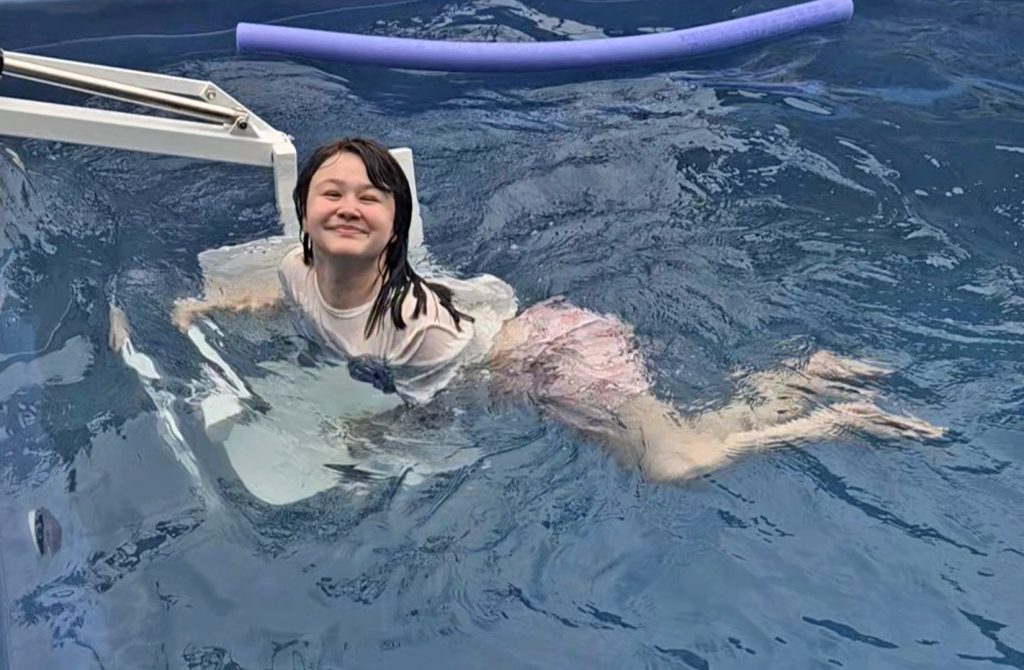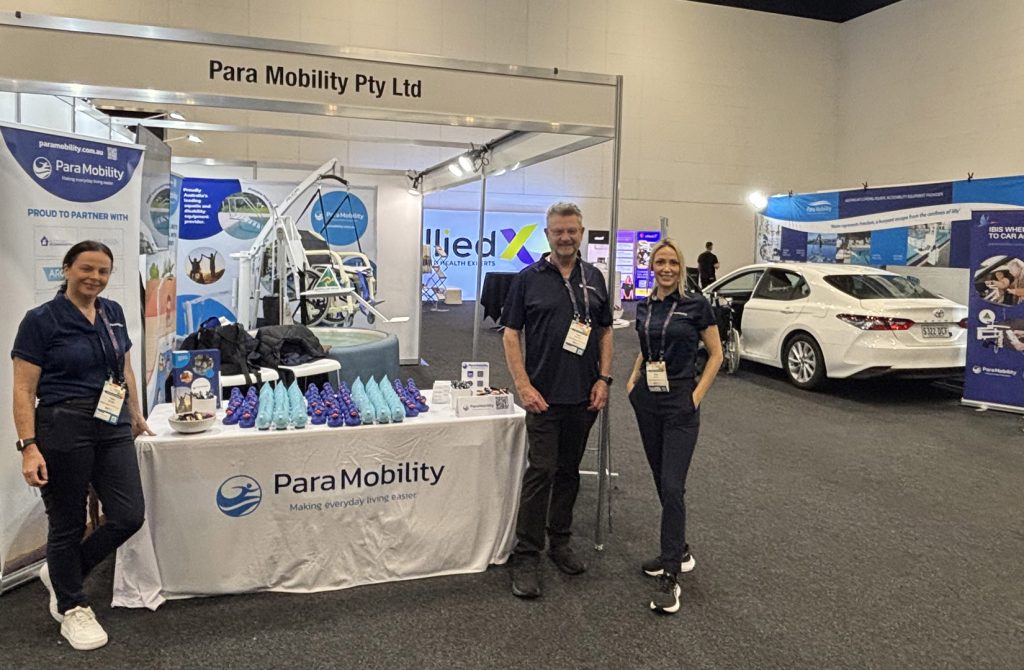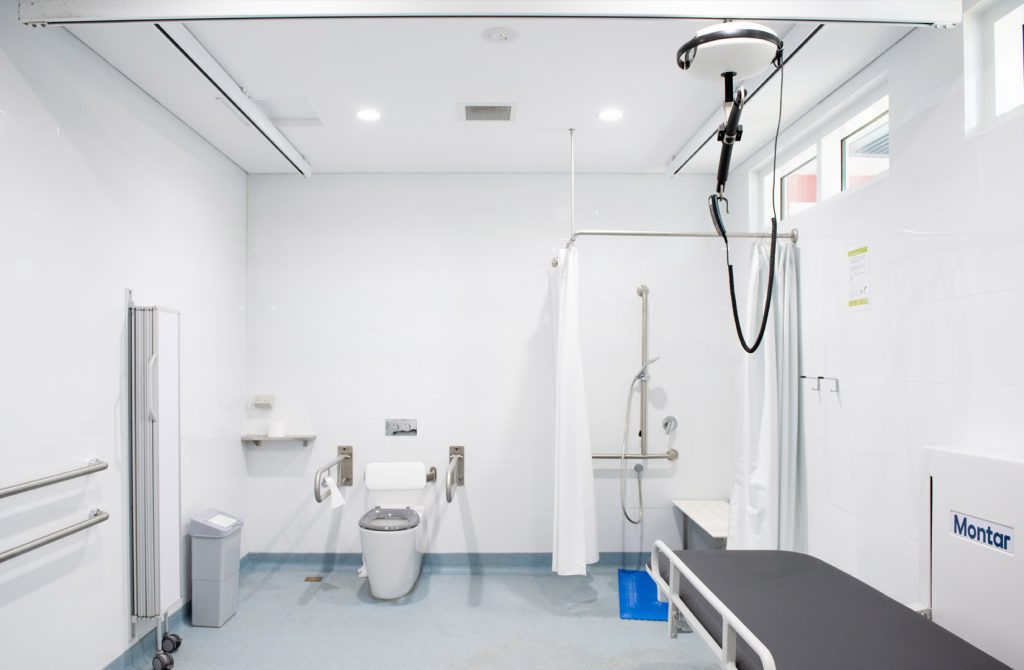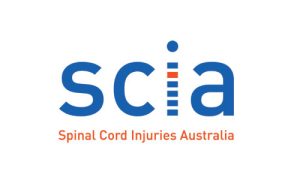As technology continues to evolve, so too does the landscape of disability equipment. Innovations in adaptive technology are revolutionising the way individuals with disabilities access support and engage with the world around them. At Para Mobility we like to explore emerging trends and developments in disability equipment. We also like to offer insights into the future of adaptive technology and its potential to enhance the lives of people with restricted mobility.
Smart and Connected Devices
One of the most significant trends in disability equipment is the integration of smart and connected devices. From smart wheelchairs and mobility aids to wearable devices and home automation systems, technology-enabled solutions are empowering individuals with disabilities to live more independently and safely. These devices often feature connectivity capabilities, allowing users to control and monitor their equipment remotely via smartphones or other smart devices.
Artificial Intelligence and Machine Learning
Artificial intelligence (AI) and machine learning technologies are driving advancements in disability equipment by enabling devices to learn and adapt to users’ needs over time. AI-powered devices can anticipate user preferences, optimise performance, and provide personalised support, enhancing usability and effectiveness. Examples include AI-powered prosthetics, communication devices, and assistive robots designed to assist with daily tasks and activities.
Sensor Technology and Biometrics
Sensor technology and biometrics are playing a crucial role in the development of disability equipment, enabling devices to detect and respond to users’ movements, gestures, and physiological signals. Sensors embedded in equipment such as mobility aids, prosthetics, and communication devices can provide real-time feedback, enhance safety, and improve user experience. Biometric authentication features also offer secure access to devices and personalised settings.
Virtual and Augmented Reality
Virtual reality (VR) and augmented reality (AR) technologies are transforming the way individuals with disabilities access rehabilitation, therapy, and training programs. VR and AR simulations allow users to practice mobility skills, cognitive exercises, and social interactions in immersive virtual environments, providing a safe and controlled setting for learning and skill development. These technologies also hold promise for enhancing accessibility in gaming, entertainment and education.
3D Printing and Customisation
Advancements in 3D printing technology are enabling the customisation and rapid prototyping of disability equipment, allowing for personaliesd solutions tailored to individual needs and preferences. 3D-printed prosthetics, orthotics, and assistive devices offer greater comfort, functionality, and affordability compared to traditional manufacturing methods. This trend is driving innovation in the design and production of disability equipment, leading to more inclusive and user-centric solutions.
The future of disability equipment is bright, with emerging technologies promising to revolutionise the way individuals with disabilities access support and participate in society. At Para Mobility we are constantly evolving our own product range ensuring we keep up with an ever-changing world. Whether it’s increased user engagement, smarter technology or more intuitive design approaches, we thrive on the challenge that comes from making things ‘better’. The part we love most is sharing our new innovations with you!





















